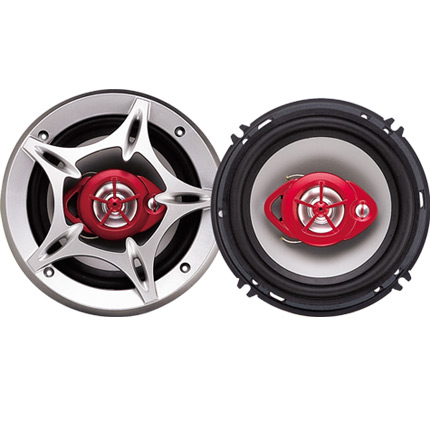Adjusting and Maintaining Carburetor Choke Cables for Optimal Engine Performance
Understanding the Carburetor Choke Cable A Key Component for Engine Performance
The carburetor choke cable is an essential component in the functioning of internal combustion engines, particularly in older vehicles and certain small engines such as lawn mowers and chainsaws. This seemingly simple cable plays a crucial role in regulating the air-fuel mixture entering the engine, thus significantly impacting the starting process, engine performance, and overall efficiency.
What is a Carburetor Choke?
Before delving into the choke cable itself, it's important to understand what the carburetor choke is. The choke is a mechanism within the carburetor that restricts airflow during cold starts. When an engine is cold, it requires a richer fuel mixture (more fuel, less air) to start easily and run smoothly. The choke achieves this by partially closing off the air intake, which increases the fuel-to-air ratio, facilitating the combustion process.
The Role of the Choke Cable
The choke cable connects the choke valve to the vehicle’s ignition system, allowing the driver to manually control the choke's position. When the driver pulls on the choke cable, it engages the choke mechanism, closing the valve and increasing the fuel flow to the engine. Once the engine warms up, the choke can be disengaged, allowing the engine to breathe properly with the correct air-fuel mixture.
Importance of Proper Adjustment
Proper adjustment of the choke cable is critical for optimal engine performance. If the cable is too slack, the choke may not close fully, which can lead to hard starting or a lean mixture that may cause stalling. Conversely, if the cable is too tight, the choke may remain partially closed, resulting in an overly rich mixture, which can lead to poor fuel efficiency and increased emissions.
Signs of a Malfunctioning Choke Cable
carburetor choke cable

Several symptoms may indicate that the choke cable is not functioning correctly. Drivers may notice difficulty starting the engine, excessive fuel consumption, or poor engine performance during acceleration. If the choke is stuck open, the engine may struggle to start, while a stuck closed choke can lead to flooding and excessive smoke from the exhaust. Regular inspections and maintenance of the choke cable can help prevent these issues and ensure smooth engine operation.
Maintenance Tips
Maintaining the carburetor choke cable is relatively straightforward but crucial for ensuring reliable performance. Here are some tips for maintaining the cable
1. Regular Inspections Check the choke cable for frays, corrosion, or stiffness. Any signs of wear should be addressed immediately to prevent further damage.
2. Lubrication Use a suitable lubricant on the cable housing to ensure smooth operation. This will reduce friction and help prevent the cable from sticking.
3. Adjustment Periodically check the adjustment of the choke cable to ensure it is operating correctly. Consult the vehicle's manual for the proper adjustment procedure.
4. Replacement If the cable is damaged or shows significant wear, it should be replaced. It's usually a straightforward process that can be done with basic tools.
Conclusion
The carburetor choke cable, though often overlooked, is a critical component for the efficient operation of many engines. Understanding its function and maintaining it properly can lead to improved performance, better fuel efficiency, and a more pleasant driving experience. Regular attention to this small yet significant part of your vehicle's engine can prevent larger issues down the road, ensuring you enjoy reliable performance for years to come. Whether in a classic car, a garden tool, or a motorcycle, the choke cable is an essential player in the game of engine management.
-
Workings of Clutch Pipe and Hose SystemsNewsJun.04,2025
-
The Inner Workings of Hand Brake Cable SystemsNewsJun.04,2025
-
The Secrets of Throttle and Accelerator CablesNewsJun.04,2025
-
The Hidden Lifeline of Your Transmission Gear Shift CablesNewsJun.04,2025
-
Demystifying Gear Cables and Shift LinkagesNewsJun.04,2025
-
Decoding Clutch Line Systems A Comprehensive GuideNewsJun.04,2025
